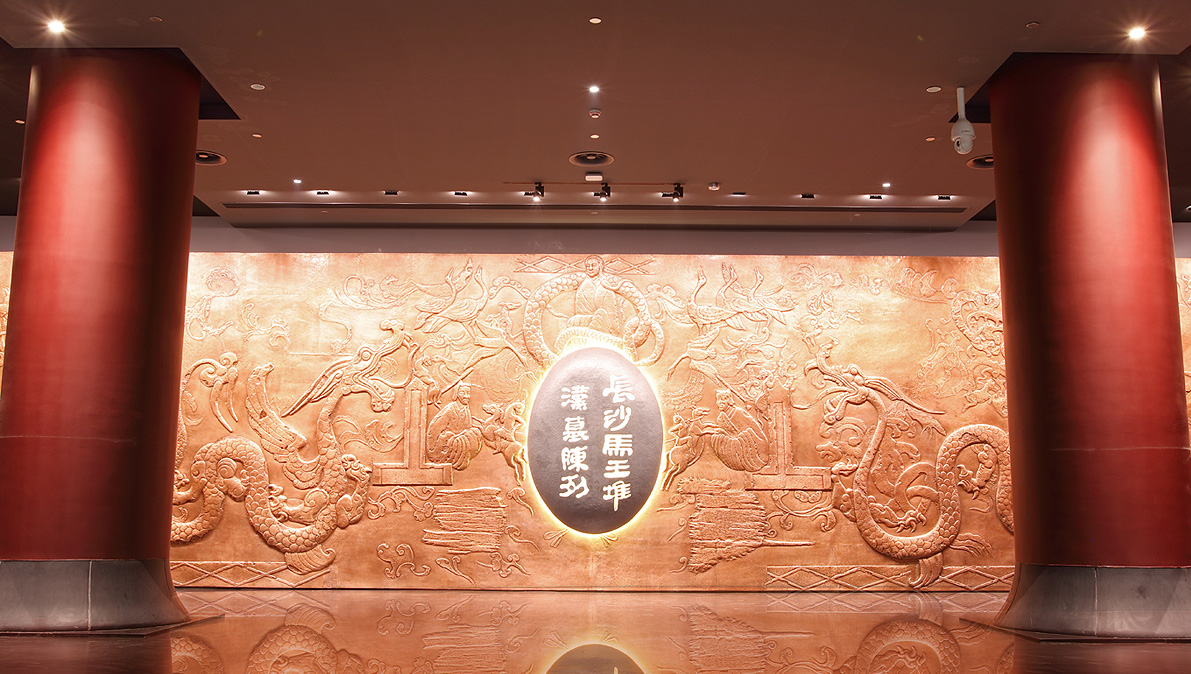Changsha Mawangdui Han Dynasty Tombs Exhibition
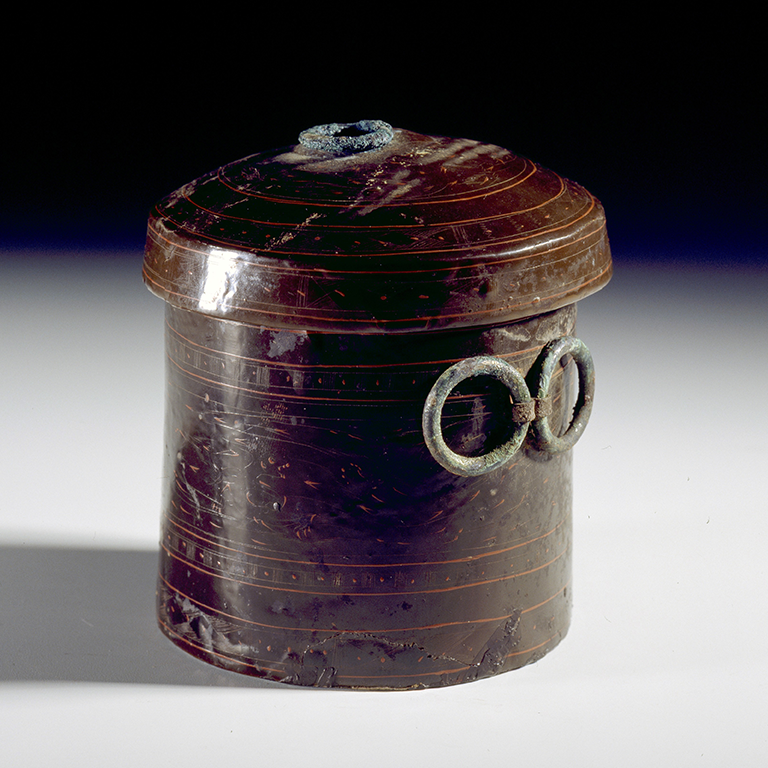
Introduction
Changsha Mawangdui Han Dynasty Tombs Exhibition
The excavation of the three Western Han Dynasty Tombs at Mawangdui, Changsha, which took place between 1972 and 1974, was one of the world’s most important archaeological discoveries of the 20th century. The fully preserved tomb structure as well as a wealth of funerary items serve to fully embody everyday life and funeral concepts during the Han Dynasty. Over 700 exquisite lacquer items with intricate workmanship reflect the brilliant accomplishments of Han Dynasty lacquerware, and over 500 exquisite textile garments fully attest to the “Kingdom of Silk” (Seres) in the Western historical records. More than 50 bamboo slips and silk manuscripts serve as “encyclopedias”, demonstrating the knowledge and wisdom of the ancient sages. Strange and bizarre coffin paintings embody the fantasies of people in the Han Dynasty ascending to the heavens and longing for external life, while the dreamlike face of a deceased woman is a testament to extraordinary preservation techniques. The Mawangdui Han Dynasty Tombs are renowned as the exemplar of the history and civilization in the early Han Dynasty, providing a window to understand society in China over 2,100 years ago.
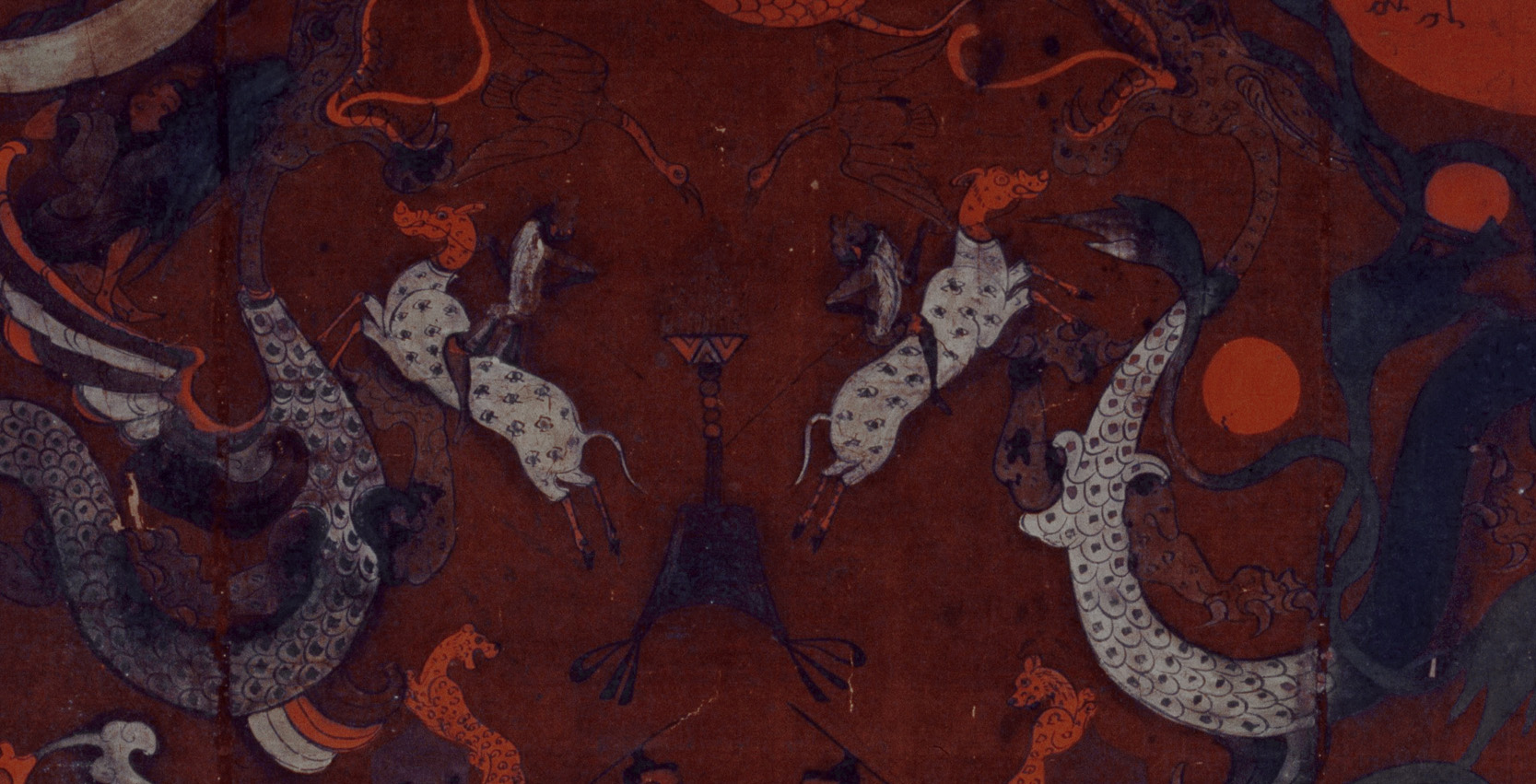
Highlights
- Reed mouth organ yu
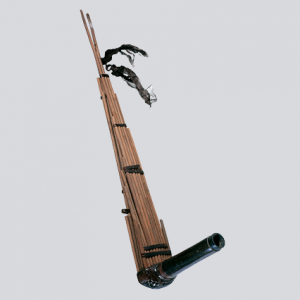
- Liubo chess set
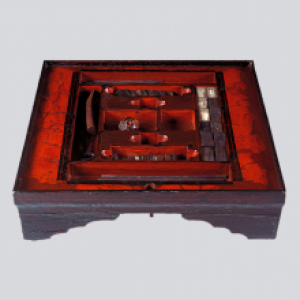
- Dinnerware on a lacquer tray with cloud design
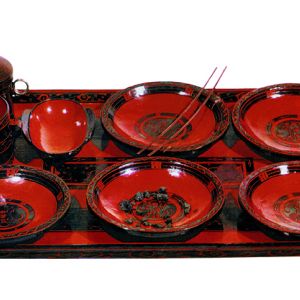
- Painted two-tiered lacquer toiletry case with nine small boxes
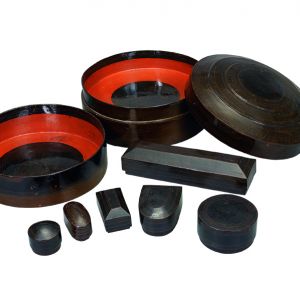
- Printed and painted gauze
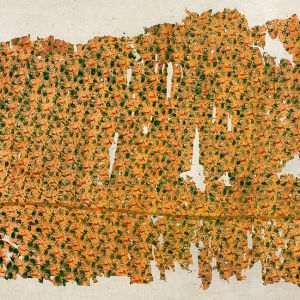
- Embroidered cloud-riding pattern on qi silk with paired bird lozenge pattern
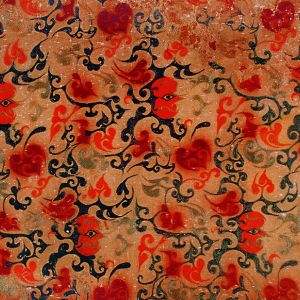
- Plain unlined gauze gown
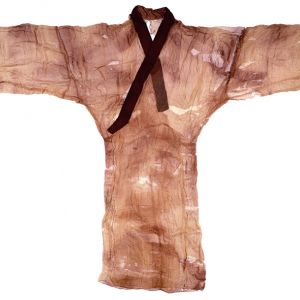
- Floss silk padded robe with lozenge pattern on vermilion luo silk robe
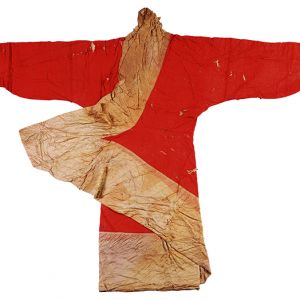
- Book copied on silk, Divination Based on the Observation of Five Planets
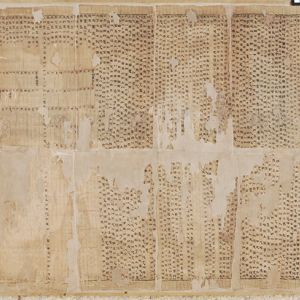
- Book copied on silk, Divination by Astrological and Meteorological Phenomena
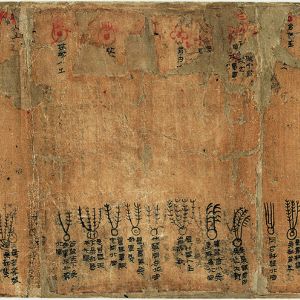
- T-shaped painting on silk from Xin Zhui’s tomb
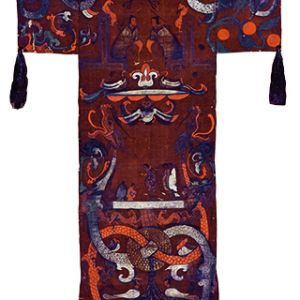
- Coffin with painted designs on black lacquer coating Early Western Han dynasty (206 to 163 B. C.) Length 256cm, width 118cm, height 114cm Unearthed from Xin Zhui’s tomb Second outermost coffin. The inside of the coffin is painted in vermilion, and the outside has a black lacquer background painted with bold yet graceful cloud patterns. More than 110 designs of fantastical creatures are interspersed among the clouds, such as “fairy subduing leopard”, “sprite handling snake”, “giant bird carrying fish in beak” and “fairy strumming the guqin.” These fanciful designs are smoothly executed in a vivid style. The sprites, birds and animals all take different forms, and are painted in an incredibly lifelike way, with myriad variations, and have a strong romantic feel to them, highlighting the fertile imagination and well-honed skills of the artisans. The lifelike images of sprites and animals painted on the black lacquer coffin are there to indicate that the spirit of the deceased is entering a realm that is under thSee More
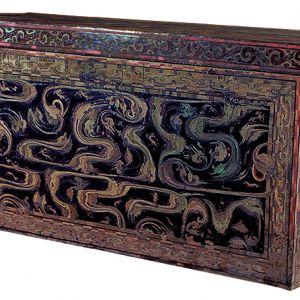
Visiting guide
Opening Hours
From Tuesday to Sunday, 9:00—17:00 (last entry at 16:00)
Closed on Mondays (except statutory holidays) and on Chinese New Year's Eve
How to visit
Please take your passport or other valid identity documents to the Ticket Office first to get a ticket. The security check is needed before entering into the galleries.
Guided Tour
Free tour guide in Chinese is available for visitors. The multimedia audio guide app provides exciting information and background knowledge about the permanent exhibition.
You can also use the WeChat to scan the QR code in the gallery to access the information of exhibits and the audio guide.


